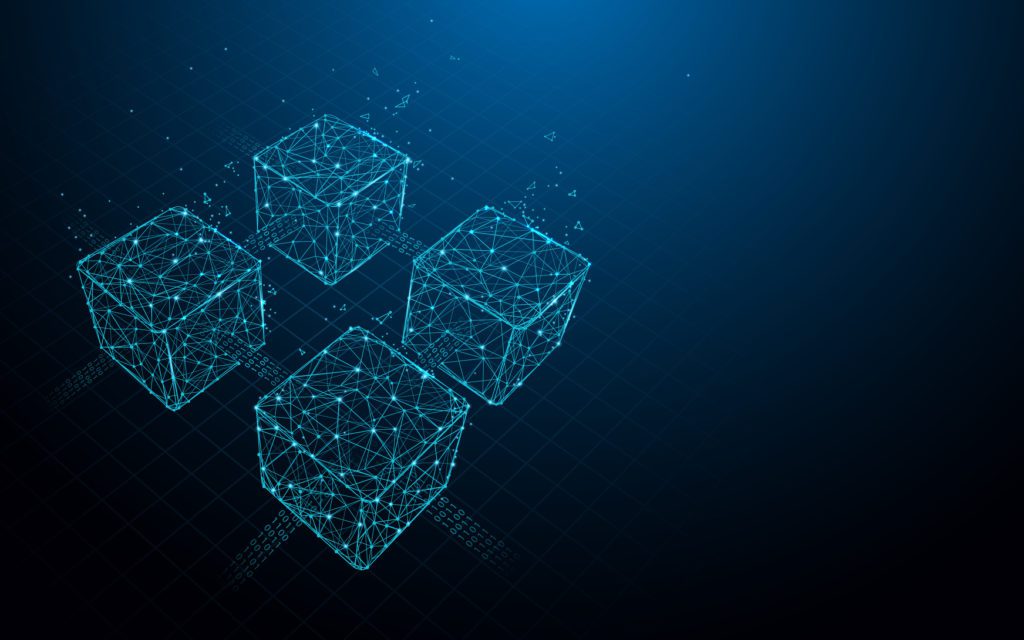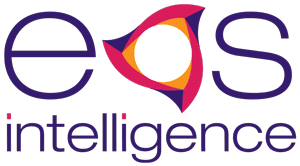RegTech, short for regulatory technology and often categorized as a subset of fintech, emerged in 2015. The RegTech industry was fragmented, with numerous small players targeting specific niches within the regulatory compliance landscape. However, the recent trend towards consolidation is reshaping the sector. Larger RegTech firms are increasingly acquiring smaller players to expand their offerings and solidify their market positions.
RegTech comprises powerful tools that leverage advanced technologies such as artificial intelligence (AI), automated machine learning (AML), and big data analytics. These technologies streamline regulatory compliance processes, addressing challenges from technology-driven economies, largely through automation. Automation plays a significant role in reassuring regulatory compliance professionals about the effectiveness and efficiency of RegTech solutions.
According to a 2023 report by Corlytics, a Dublin-based regulatory risk intelligence firm, regulatory penalties associated with legal and regulatory enforcement in the financial sector exceeded US$10.5 billion globally. This underscores the escalating pressure on financial institutions to comply with regulations, prompting them to turn to innovative technological solutions. RegTech has emerged as a promising avenue for organizations within the fintech ecosystem to efficiently navigate complex regulatory landscapes while reducing cost and time and improving compliance effectiveness.
Market landscape transformation through investments and strategic acquisitions
Investors increasingly recognize RegTech’s potential, and it remains a bright spot within the fintech ecosystem. Data from UK-based financial market platform Dealogic shows 116 global RegTech deals in 2023 with a total value of more than US$13.5 billion, demonstrating significant investment activity in the sector. Last year witnessed notable acquisitions across various markets, with larger financial services corporations and RegTech vendors acquiring smaller players to strengthen their market position through consolidation.
Key transactions, such as the acquisition of Adenza by Nasdaq for US$10.5 billion in 2023 and Finellix by Stellex Capital for US$176 million in 2022, underline the strategic importance of RegTech solutions for both financial and technology companies.
These developments reflect a broad strategic move to address the escalating compliance costs faced by banks and brokerages in the wake of regulatory reforms such as the Dodd-Frank Wall Street Reform and Consumer Protection Act (simply known as the Dodd-Frank Act). The Dodd-Frank Act, introduced in the USA in 2010 following the 2007–2008 financial crisis, has had a profound impact on the global financial sector. The Act has prompted financial institutions globally to significantly improve their regulatory reporting systems and processes, leading to more extensive adoption of technology solutions. Dodd-Frank and other stringent regulatory measures have significantly increased compliance costs for financial institutions and companies operating in various sectors.
Larger financial services firms and RegTech companies are consolidating to integrate complementary financial solutions and expand their operations. In one such development, US-based automated RegTech player CUBE acquired UK-based counterpart The Hub Technology in 2023 to further boost their automated regulatory intelligence (ARI) abilities to reduce compliance risk and cost.
Consolidation within the RegTech sector aims to empower larger entities to effectively tackle challenges related to anti-financial crime measures, cross-selling opportunities, and regulatory compliance services, primarily among banking and brokerage clients. This strategy aims to diversify revenue streams, broaden market reach, and increase the serviceable market.
Simultaneously, M&A offers small and mid-size RegTech companies a strategic avenue to enhance capabilities, achieve accelerated growth, better competitive market positioning, and maximize value. While acquisitions often lead to integration within the larger corporate structure, there is still room for acquired smaller RegTech companies to maintain a level of independence.
In 2023, Corlytics acquired the UK-based RegTech firm Clausematch to integrate its capabilities into a comprehensive platform for managing the regulatory risk value chain for tier-1 clients. Despite the acquisition, Clausematch maintains its independence and is a strategic partner to Corlytics. It continues to serve existing clients while also extending its services to Corlytics tier-1 clients, including 14 of the top 50 global banks. This autonomy can be instrumental in fostering partnerships that are essential for scaling up and achieving sustainable growth in the ever-changing fintech regulatory ecosystem that demands agility and continuous innovation.
The appeal of RegTech’s one-stop-shop model
The concept of a one-stop shop model in the RegTech industry, facilitated by consolidation, appeals to businesses seeking streamlined and comprehensive compliance solutions. In the evolving financial market landscape, clients are increasingly preferring to consolidate their RegTech solutions under a single provider rather than engaging with multiple vendors. This demand stems from the desire for streamlined processes, reduced administrative burden, cost savings, and seamless integration of services.
RegTech companies can meet this demand and improve the overall customer experience by offering comprehensive end-to-end solutions and value-added services. In 2023, Muinmos, a Denmark-based RegTech company, saw substantial revenue growth as more clients flocked to the firm. This surge was attributed to Muinmos’ comprehensive platform, which manages the entire onboarding process, spanning from KYC/AML procedures to risk assessments and regulatory classification.
Through strategic acquisitions of smaller RegTech firms with specialized solutions, RegTech solution providers can further enhance their offerings, capitalizing on the trend for integrated solutions and establishing a competitive edge in the market.
Partnerships with smaller firms provide larger companies in the RegTech sector with advantages such as accelerated time-to-market and the opportunity to serve as a testing ground, paving the way for potential future acquisitions.
RegTech startups joining forces
Many RegTech startups are partnering to provide a broader range of regulatory solutions to their clients by enhancing their platforms and adding compatible services from other partners. This forms a robust entity with expanded capabilities to compete with established players.
In November 2023, Flagright, a German-based startup specializing in AML compliance and fraud prevention, formed a strategic alliance with Regtank Technology, a Singapore-based RegTech services provider. This partnership underscores their joint commitment to developing an advanced transaction monitoring solution for fintech companies using AI/ML algorithms. Additionally, these partnerships are likely to help startups reach more customers across various geographies, solving risk and compliance challenges for more businesses.
The double-edged sword of consolidation
For existing and emerging RegTech companies, consolidation presents a double-edged sword. As larger players consolidate and dominate the market, there may be fewer opportunities for investment in smaller, emerging RegTech startups. Investors may perceive greater risk in backing smaller players when larger, more established firms offer similar or more comprehensive solutions. This could lead to a concentration of investment in a few key players, potentially stifling innovation and diversity in the market.
Consolidation impact on the RegTech investment landscape
With fewer startups and a more prominent role for established players, the overall number of investment opportunities in RegTech may slow down in the short term. This could lead to a shift in focus from rapid innovation to the successful integration of acquired technologies as larger players seek to leverage their expanded capabilities and market presence.
Challenges faced by small firms and emerging startups
Consolidation within the RegTech sector could heighten entry barriers for new and smaller firms. Small companies are likely to face resource constraints compared to their larger counterparts. They may struggle to match the scale of investment, R&D capabilities, and market reach of consolidated firms, potentially limiting their ability to innovate and expand their market reach.
Opportunity for small vendors due to consolidation
Consolidation could create gaps in the market for specialized RegTech solutions catering to unaddressed regulatory needs within the RegTech industry. Consolidation efforts in the RegTech sector mainly target large tier-1 clients, including large banks and other financial institutions. However, there are potential gaps and opportunities in smaller businesses across non-financial verticals that require tailored regulatory solutions. This would likely prompt smaller companies to carve out niche areas of specialization within the evolving RegTech landscape.
Specializing in particular regulatory domains, industries, or technological niches allows smaller firms to distinguish themselves as providers of specialized solutions. This makes them appealing targets for acquisition or partnerships by larger players, driven by the ongoing consolidation trends in the RegTech sector.
EOS Perspective
Traditionally, many RegTech companies evolved as single-point solutions for specific regulations. The market is witnessing a shift away from multi-point solutions that address specific issues and moving towards modular solutions that offer flexibility and can be reconfigured to address diverse problems and industry verticals. This shift is likely to drive further consolidation as regulated entities seek mature, cost-effective solutions tailored to their needs.
Conventionally, RegTech solutions have primarily targeted large enterprises with significant budgets. However, we are witnessing a notable shift, as small RegTech companies are now offering affordable compliance solutions tailored to small and medium-sized enterprises (SMEs) as well. This shift is driven by the recognition of unique regulatory challenges faced by different sectors, such as healthcare, insurance, and energy. This recognition prompts small RegTech players to tap into opportunities arising from the growing demand for industry-specific RegTech solutions. This trend reflects a broader movement within the RegTech industry towards democratizing access to compliance tools and addressing the specific needs of diverse business sectors.
With venture funding slowing down due to the economic downturn, a rise in M&A activities is anticipated in the coming years. Due to the time-consuming nature of decision-making around procuring RegTech solutions by regulated entities, major RegTech players are expected to focus on developing and offering sticky RegTech solutions to ensure stable and recurring revenue growth. Consequently, this trend is likely to drive further consolidation within the large RegTech sector, as evidenced by Corolytics’ acquisition of ING SparQ RegTech and Clausematch in 2023, followed by a substantial investment from Verdane, an investment firm, in April 2024. This investment is poised to accelerate Corlytics’ M&A activity, signaling a shift towards the emergence of technology partners that provide unified platforms by integrating solutions from multiple firms through consolidation.

















